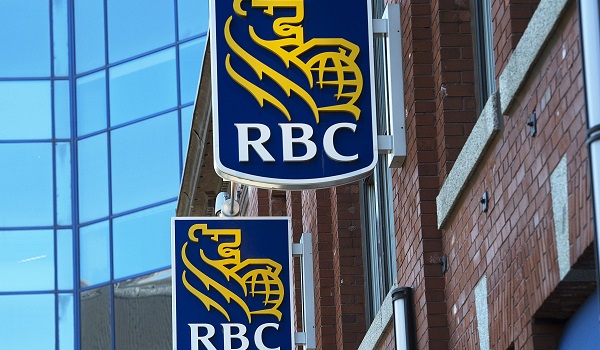Canada’s housing issues tend to worsen if major reforms are not taken: RBC
Canada’s housing affordability crisis will hit even more alarming levels in the coming years without a bold set of policy reforms to boost supply, the economics department at Royal Bank of Canada said Monday in a report.
The country needs to complete roughly 320,000 housing units annually from now until 2030, simply to meet the new demand that will arise over that period, according to RBC estimates. This would amount to an increase of nearly 50 per cent from recent completion levels – and it would require a record pace of construction.
If anything, Canada is moving in the wrong direction. There were around 240,000 housing unit starts in 2023, down from roughly 271,000 in 2021, according to figures from Canada Mortgage and Housing Corp. This doesn’t bode well for completions over the rest of the decade.
The RBC report outlines dozens of potential ways to mitigate the housing shortage – everything from speeding up project approvals to encouraging more people to enter the skilled trades. In some cases, governments are already moving to implement the solutions that are mentioned.
However, the RBC report says more action is needed and soon, especially when it comes to bulking up the stock of affordable units through rentals and social housing.
“It is imperative for Canada to find solutions and very quickly, because the pressures are there already,” said RBC assistant chief economist Robert Hogue, who wrote the report. “Time is of the essence.”
Once relegated to a handful of pricey cities, the housing crisis has boiled over in recent years and spread throughout Canada. The national benchmark home price is about $720,000 – less than in early 2022, but still around $200,000 higher than at the outset of 2020, according to figures from the Canadian Real Estate Association.
The rental market is also stressed. Vacancy rates have fallen to record lows, and with so much demand for units, rents have risen sharply in most places.
The situation has become a major political headache for various parties, but especially the federal Liberals, who have been languishing in polls for months.
Ahead of the April 16 budget, Ottawa has announced a spate of housing policy proposals, such as a $1.5-billion fund to acquire rental units and ensure they remain affordable. Last Tuesday, the government said it will add $400-million to its $4-billion Housing Accelerator Fund, which provides funding to municipalities that agree to certain conditions, such as loosening zoning rules.
And last September, the federal government removed the GST from new rental construction, a move that was matched by some provinces through the suspension of their own sales taxes.
“There’s a recognition, by all levels of government, that efforts should be deployed to really unlock the supply side and grow our housing stock,” Mr. Hogue said.
Despite those plans, the RBC report said the construction industry is bumping up against capacity pressures and that prices for building materials have soared over the past few years, which could hinder the affordability push. For example, one-fifth of construction workers have reached retirement age or will hit that point in the next decade.
The report said that home-building skills should be prioritized in the immigration system, perhaps by awarding more points to candidates with needed qualifications, while “ambitious targets” should be set for trade school enrolments.
“We’d like to see some very aggressive measures on skilled trades in immigration,” Mr. Hogue said.
Governments should incentivize developers to use prefabricated components that are built off-site, which could speed up completion times for projects, the RBC report said. It noted that restrictions should be eased on the use of cost-effective materials, such as mass timber, and that development charges could be reduced or deferred for purpose-built rental construction. Such charges could be waived for affordable housing projects.
On the demand side, the federal government recently said it will set targets to restrict the number of temporary residents, who have contributed to the strongest population growth that Canada has seen in decades.
While recent growth was “not sustainable” and will moderate in the years ahead, Mr. Hogue said demand for housing will continue to climb. He projects there will be an additional 1.9 million households formed by 2030.
Last week, a separate RBC report said it was the “toughest time ever” to afford a home in Canada, based on ownership costs as a proportion of median household income.
The Bank of Canada is widely expected to lower interest rates around the middle of the year, which should ease some affordability pressures. However, “it won’t be enough to make a meaningful difference,” Monday’s report said.
The housing crisis is having wide-ranging effects on the economy. For instance, Mr. Hogue noted that some employers in Vancouver are having trouble recruiting workers to the area because of high housing prices.
“The crisis now affects middle-income Canadians and extends beyond major cities,” the report said. “It strikes at the core of the Canadian dream of owning a home and is creating intense inter-generational tensions.”
This article was first reported by The Globe and Mail












